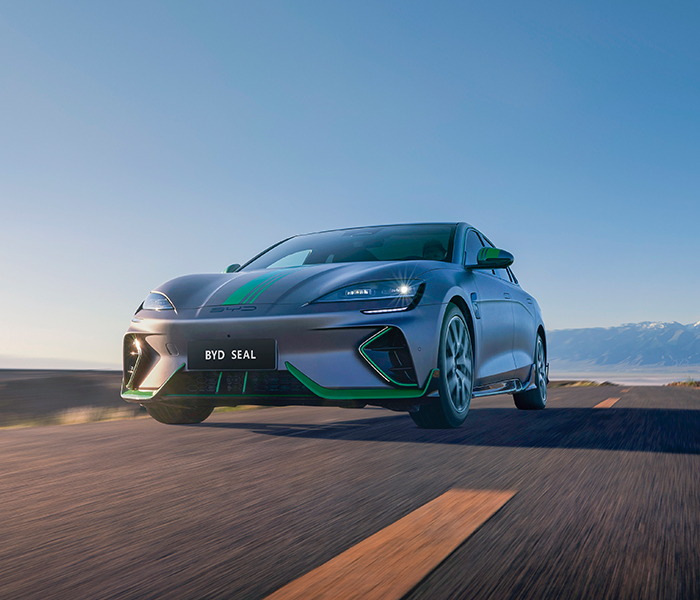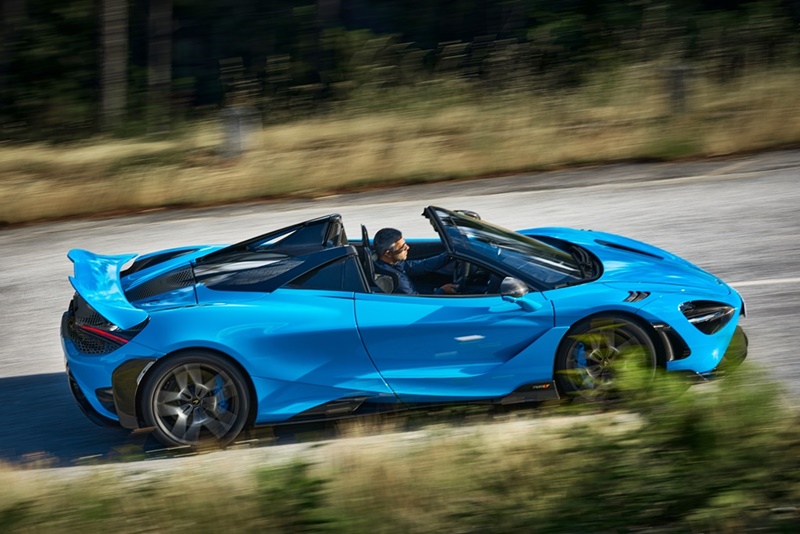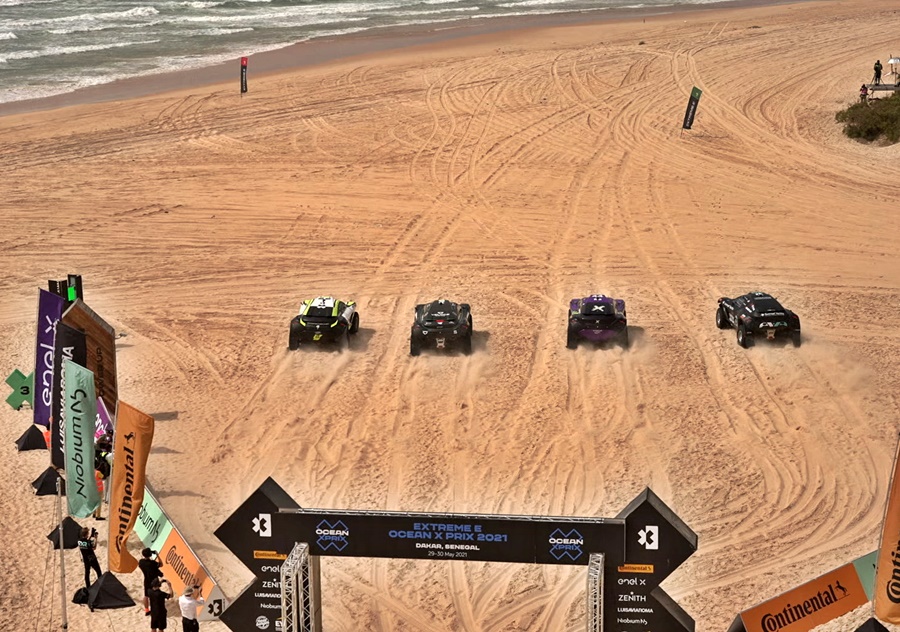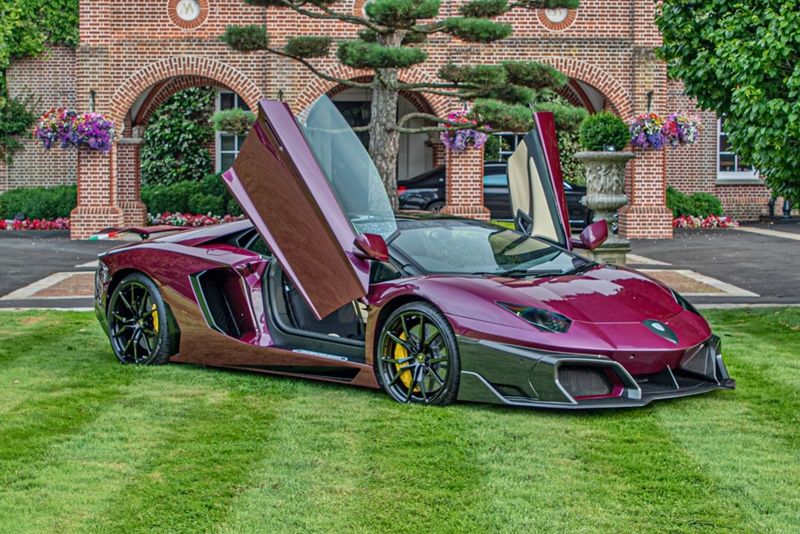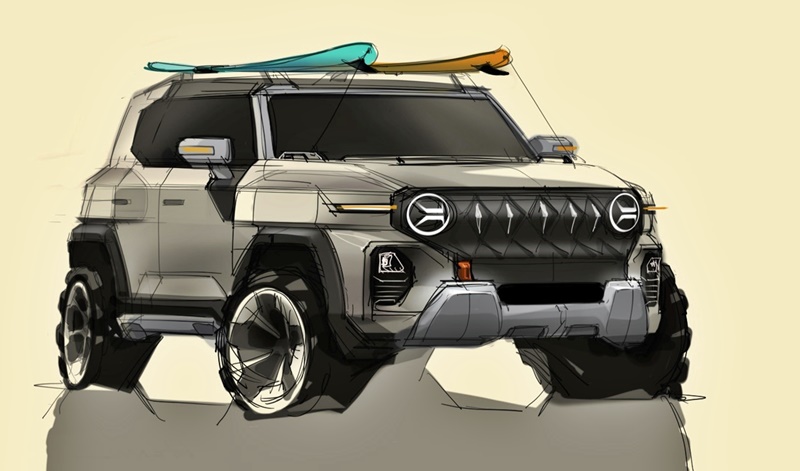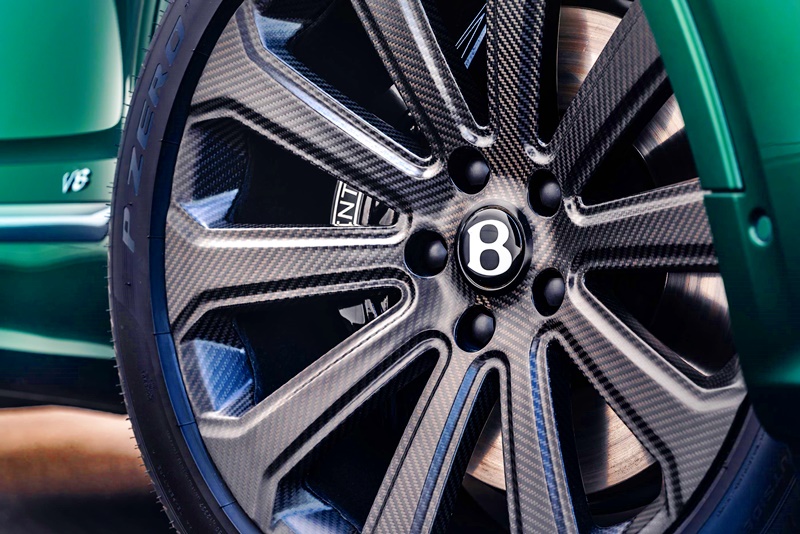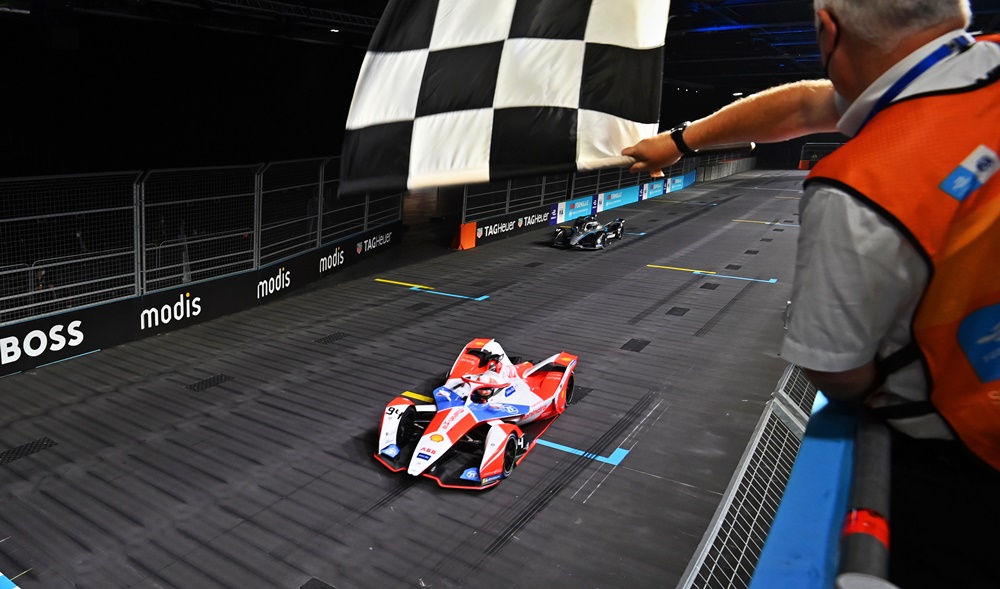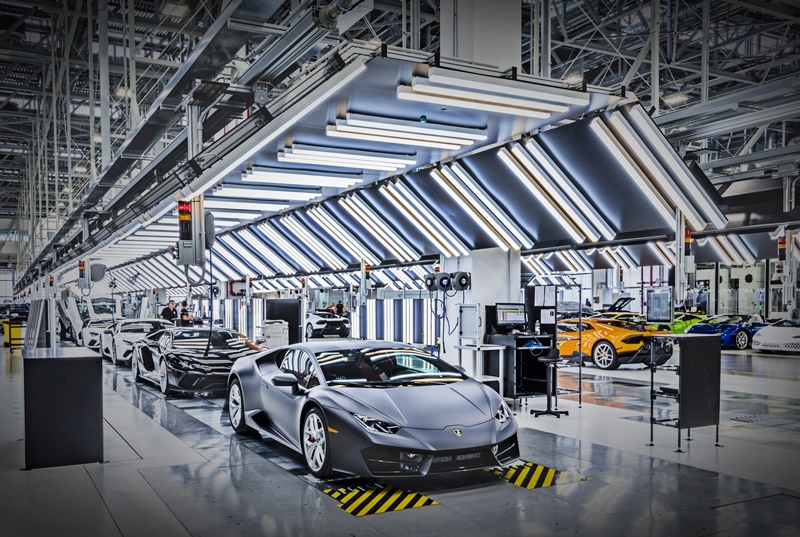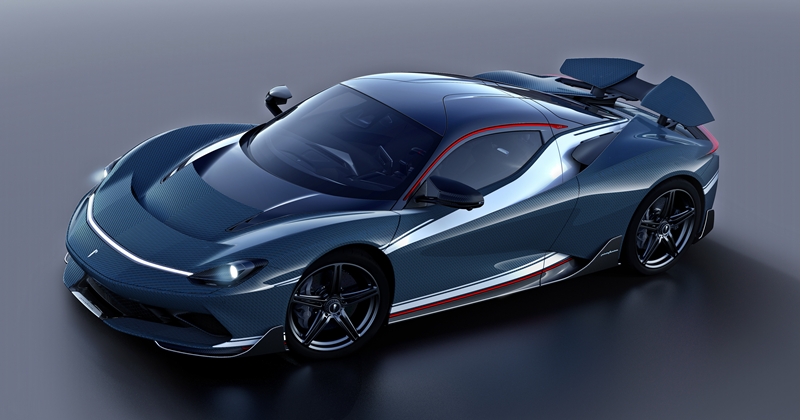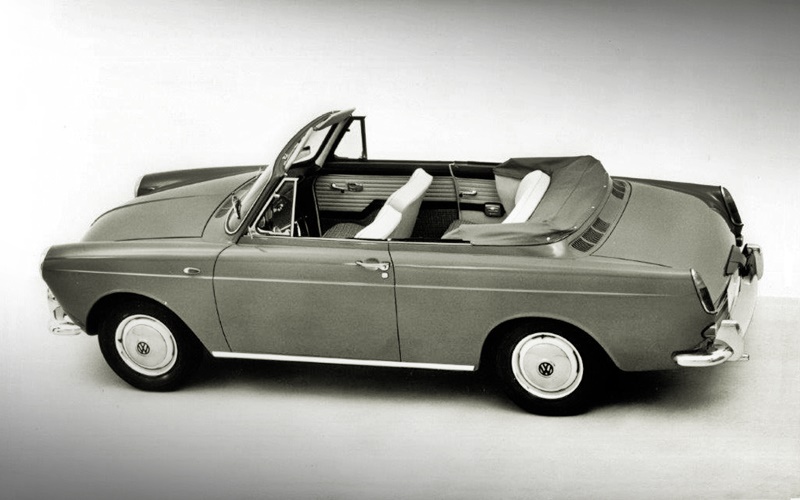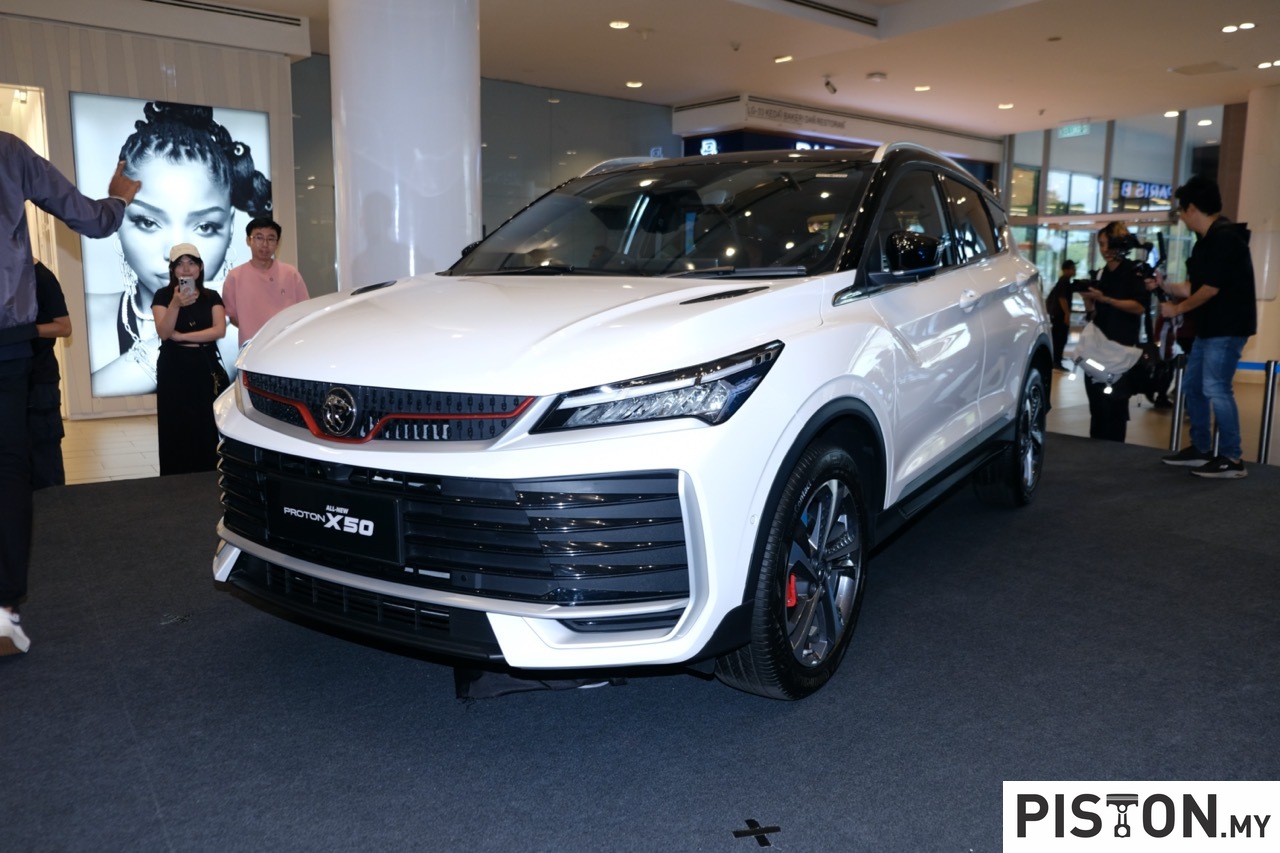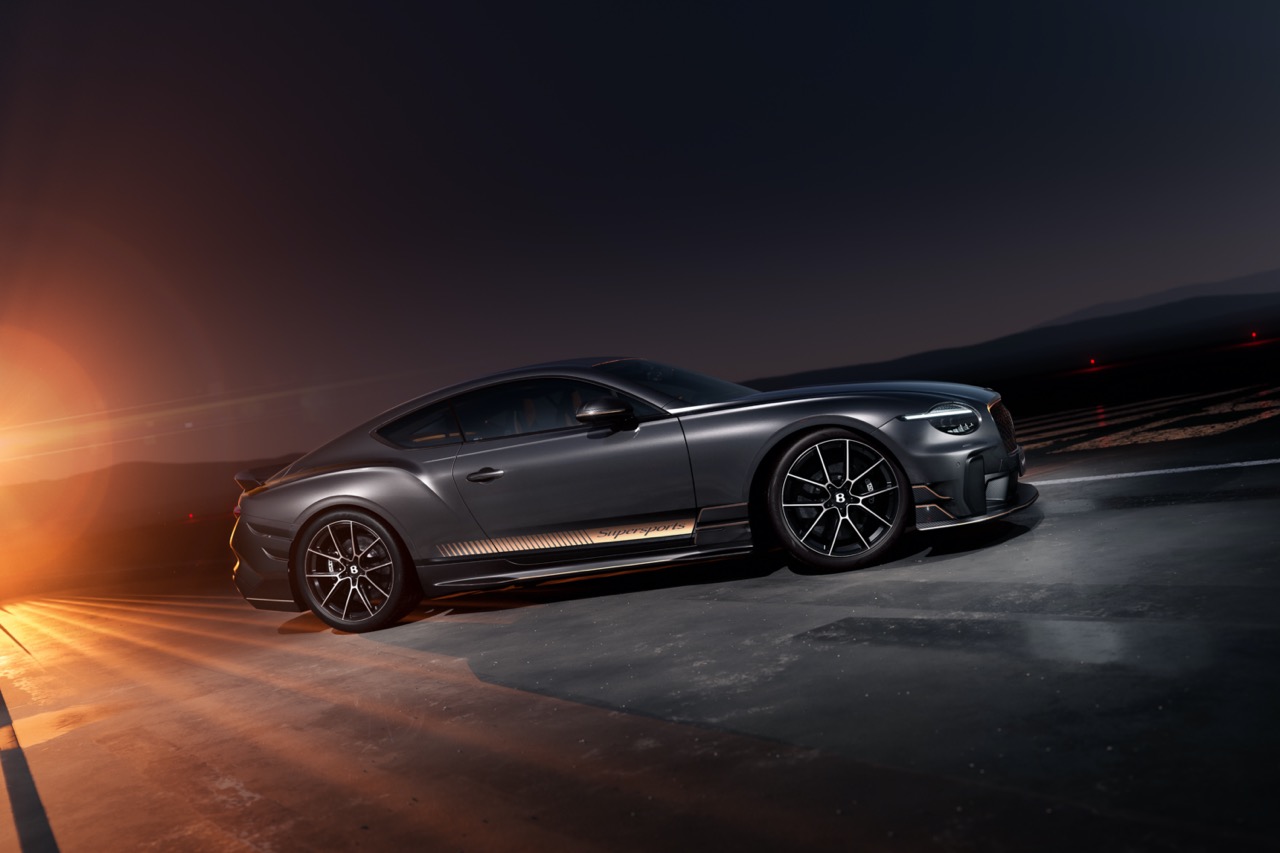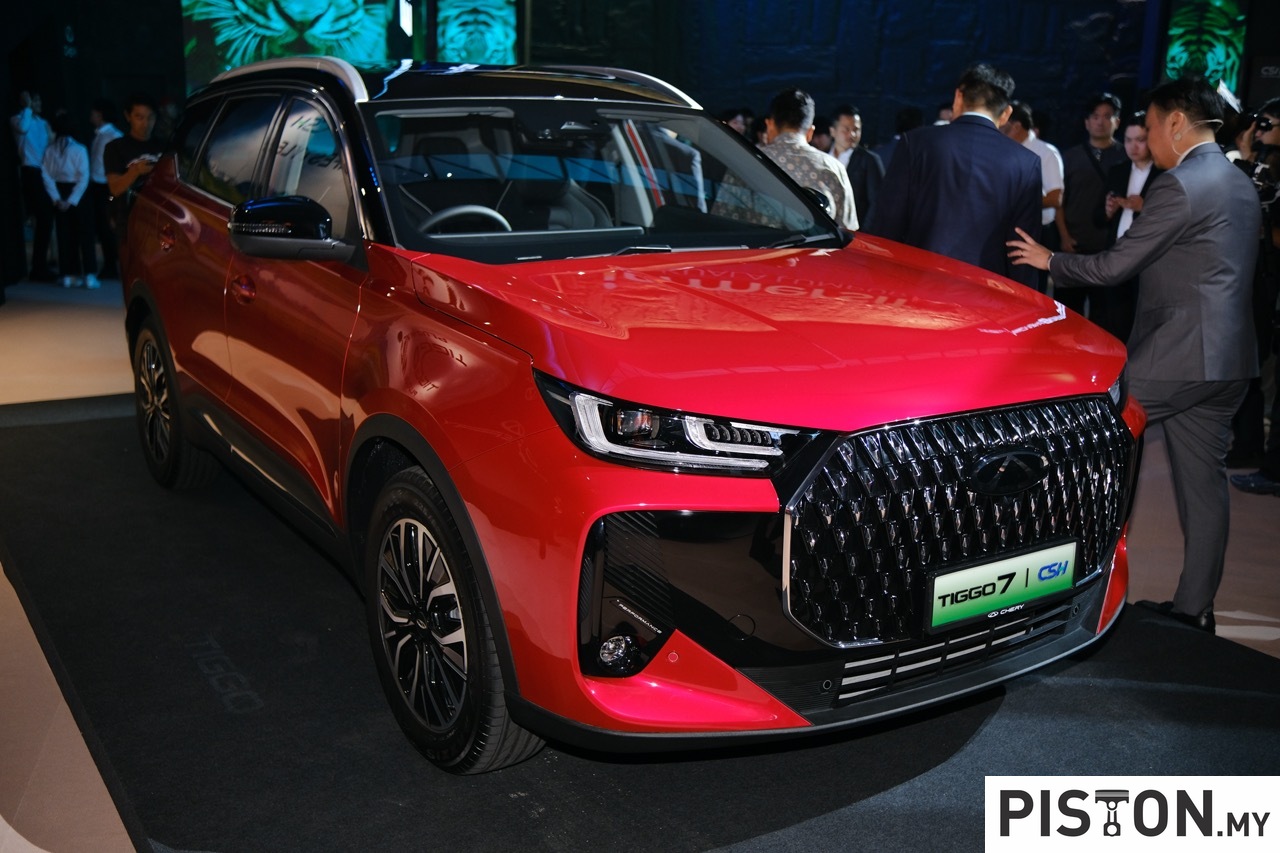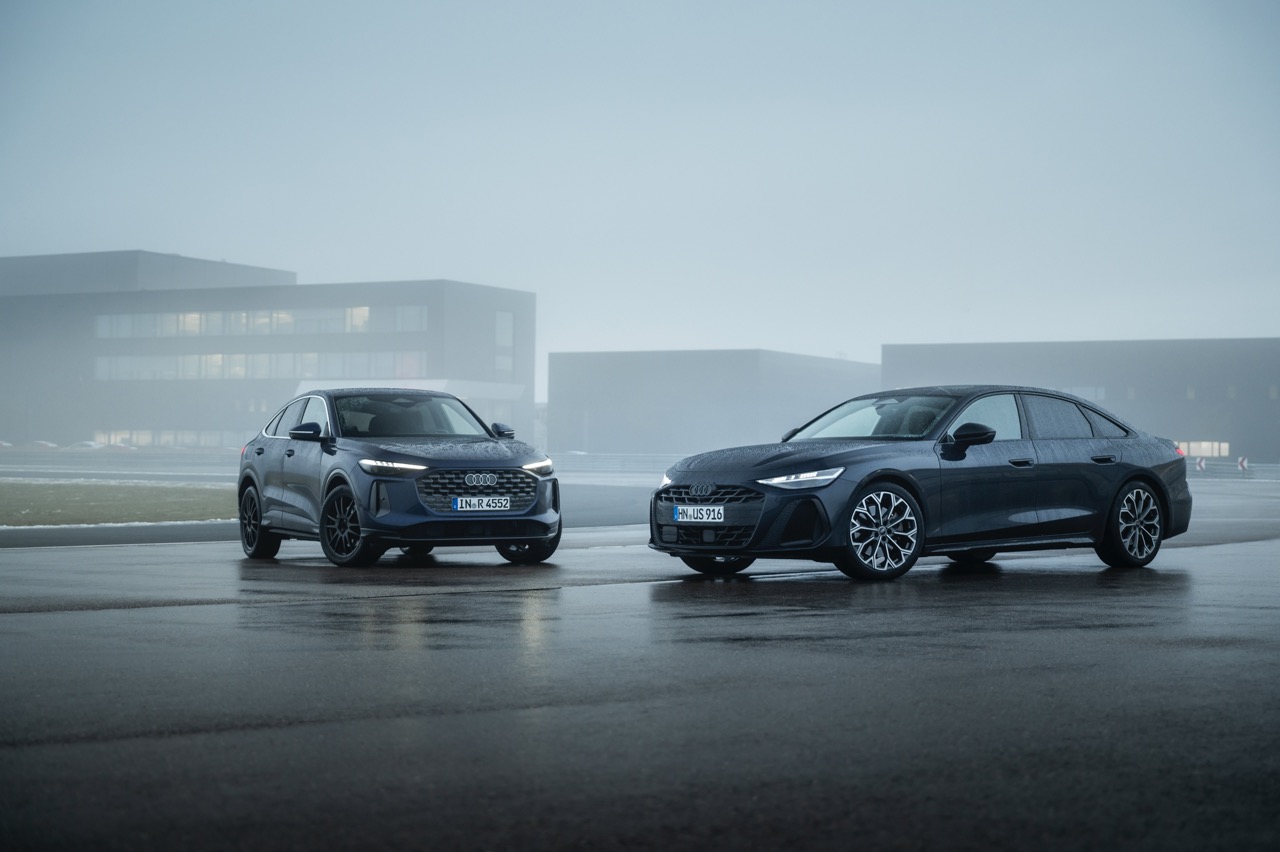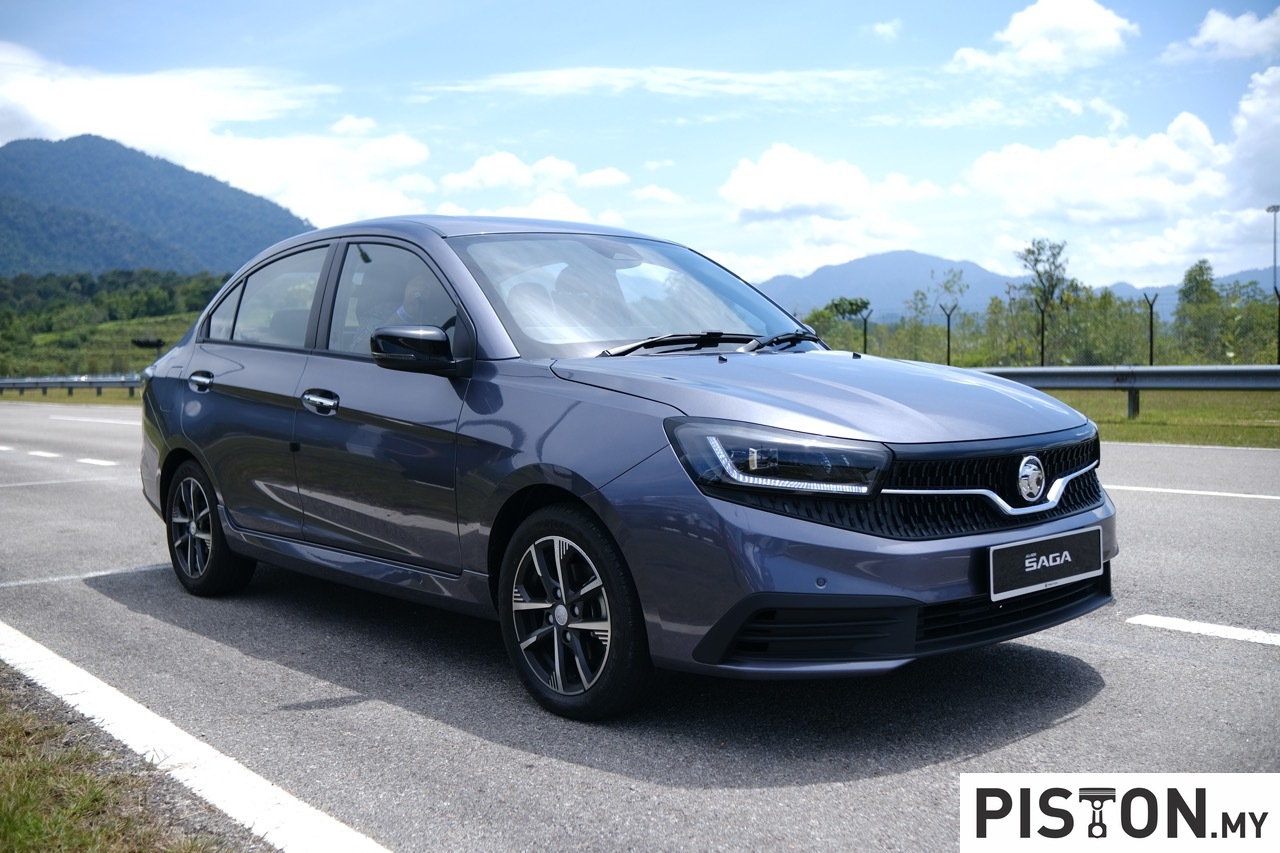At the recent Bangkok International Motor Show (BIMS), arguably the most popular EV brand in Malaysia BYD revealed one of it’s latest models – the BYD Seal.
The Chinese EV specialist BYD was founded in 1995 and boasts more than 27 years of expertise, establishing itself as an industry leader in electronics, automotive and renewable energy.
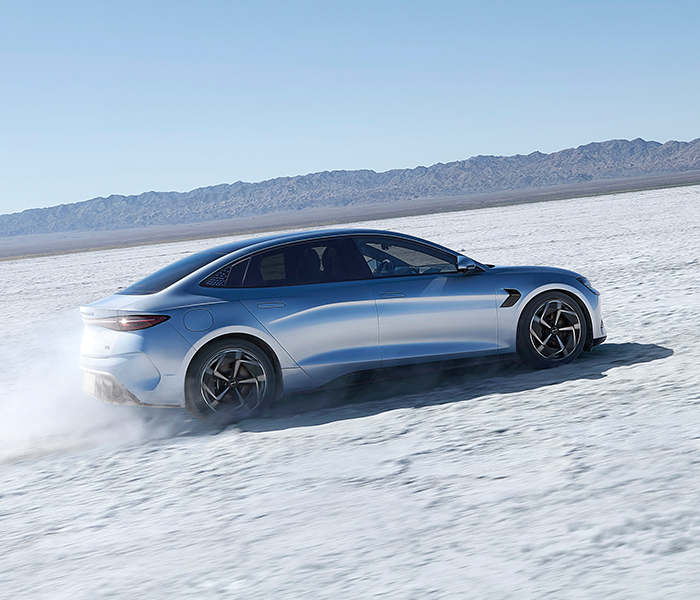
The brand has done shockingly well in Malaysia over the past few months with the Atto 3, and it seems like that dominance is set to continue with the BYD Seal.
Seen at the Bangkok International Motor Show just yesterday, BYD has confirmed that 5-seater Seal will be available in Malaysia by the end of 2023.
It is already being hailed as a Tesla slayer, so here’s everything you need to know about it.
(more…)


